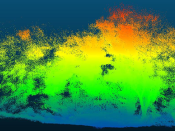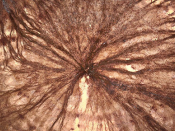José María Fernández
Palacios Ecology Professor - Head of the Island Ecology and Biogeography Research Group La Laguna University, Tenerife, SPAIN
Oceanic islands are renowned for their outstanding endemic biodiversity, mainly based in their isolation, which promotes speciation in the absence of genetic flux with continental populations. Due to the inherent vulnerable nature of island species (few populations, few individuals per population, absence of defensive behaviour, absence of protection against herbivory, etc.) as well as the high dynamicity of oceanic islands worldwide (volcanic activity, sterilization events, landslides, glacial linked sea level transgressions and regressions cycles, etc.), insular species are by definition prone to extinction. If we add to these natural circumstances the fact that humans have colonized almost all oceanic islands existing worldwide during the last millennia, bringing with them animals and plants that have promptly established wild populations competing or predating on native species, using the fire for ecosystem transformation, or simply replacing natural habitats with cultures, pastures, villages or infrastructure, it will be easy to understand that islands worldwide, although representing only a 5% of the emerged land, account for an 80% of the species known to have vanished after their description following the European expansion after the 16th century throughout the world (post-description). Furthermore, an unknown but huge number of species have been extinguished on islands after the arrival of aborigines, but before Europeans catalogued them (pre-description extinction). Thus, extinction is a regrettably a biogeographic process dramatically linked to insular life.













